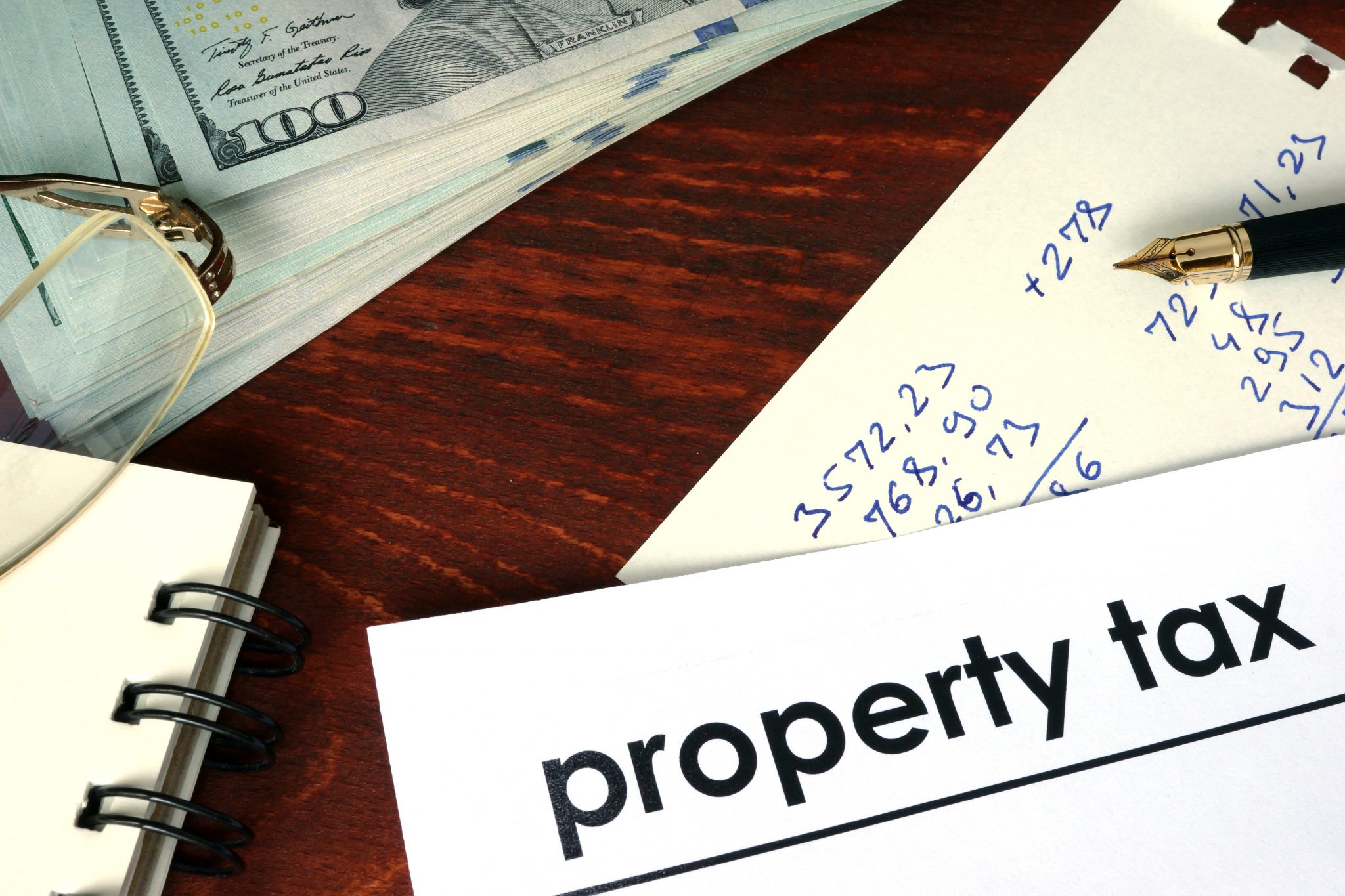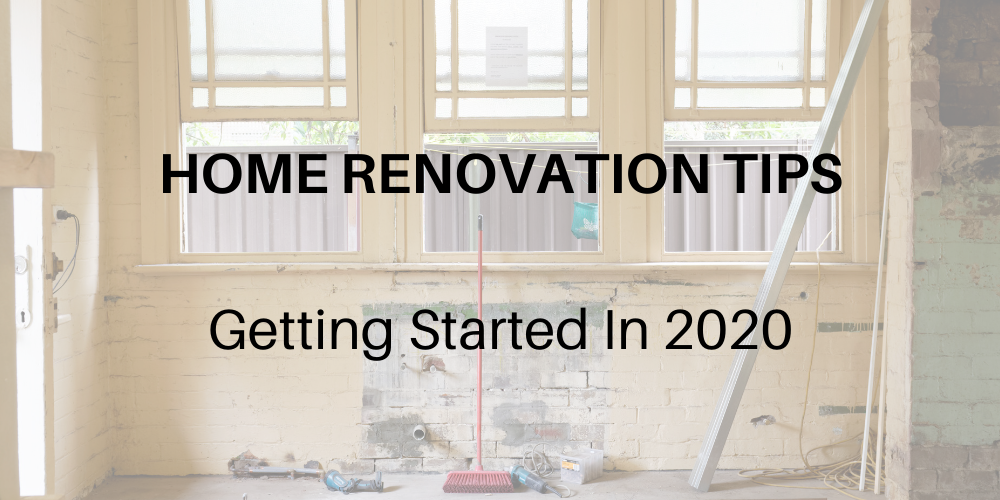Essential Home Staging Tips for a 2020 Sale
https://www.c4dcrew.com/wp-content/uploads/2020/01/CONTRACT-FOR-DEED_-PROS-AND-CONS-3.png 1000 500 Sam Radbil Sam Radbil https://secure.gravatar.com/avatar/c8f81a032b93592f72744c525214f92a?s=96&d=mm&r=gHome staging is the process of preparing your house for viewings. The better you are at creating the right impression, the quicker you will sell your home.
This is more than just making sure it is tidy, though this helps. You are using all the advice and expertise available to showcase the strengths of your home – and seek to subtly hide any weaknesses.
What is Home Staging?
Home staging is more than putting your house on your market. By staging your home, you understand that you are opening your home to strangers and you hope to get them to part with hundreds of thousands of pounds. Consequently, you need to make the house look appealing and you need to sell a lifestyle to the visitors.
As well as minimizing your possessions, cleaning up and generally making it look desirable, you need to add a few flourishes precisely as an actor would do during a play. You want to use strategies that will evoke the emotions of your potential buyers. It’s important to work with your realtor to make these important decisions on staging, but let’s get into a few tips.
The Essential Home Staging Tips
The are many strategies for making your home more sellable. Here are a few critical tips to get you started.
- Know your market. You need to consider who will want to buy your home and maximize its appeal to this group. If you are going to appeal to those who are city dwellers but are looking to relocate to the suburbs – how can you create a sense of a rural ideal they will have imagined? If the likely buyers are a family with children, then you need to show them where the kids will play safely.
- Remove the clutter. Decluttering is more than just tidying up. You need to clear out the messes that you have in your home. Your buyer will be looking for a sense of space and will need the room to see where they can place their furniture. The more things you have scattered around the room, the more it will look too small for the potential buyer. You may also want to buy someone in to do a deep clean of your kitchen and bathroom. The return on the investment of a deep clean of a bathroom is said to be huge during the sale process.
- Add some homely touches. Although you want to offer something of a blank canvas, you also need to make the place seem like a home. Real estate agents do not like selling empty properties, as it takes too much imagination for the visitor to see themselves living in the empty rooms. You could add some nice cushions on your bed, a few paintings to make a space feel bright, and then, you might suggest how the buyer could sink into this room after a hard day at work.
- Refresh the paintwork, clean the floor and wash the windows. First impressions make a significant difference to the buyer. We all know curb appeal is huge for this matter. That said, when you enter the home, the walls are big sprawling spaces that have a considerable impact. Try to remove any scrapes or splashes of mud with a quick dab of paint. You should also make sure the floors are as clean as possible, as again, they have the most significant first impression of the viewer. Washing the windows is also essential. If light pours into your home, it will look more spacious – plus everything looks better bathed in natural light. Hiring a window cleaner could pay dividends in the speed of the sale as well as the amount offered on your home.
- Highlight how space is used. There are oddly shaped and weird spaces in everyone’s houses – it might be a space under the stairs or a small utility room. If you can show how the buyer could use this area of your home, you should show clearly how every inch of the space is useful. For example, you could quickly put a wine rack under the stairs and maybe use some form of quirky storage for shoes in the utility area. Your role is to demonstrate how your home can work for them.
The Key Message
Of course, you need to clean your home to make it easy to sell. However, you are also presenting a lifestyle to the buyers.
Your job when staging your home is to give them a nudge towards a way of living that they desire. Maybe you should consider baking bread or putting out fresh coffee; make it memorable. This is the same principle but extended. Make it feel like their future home.


















